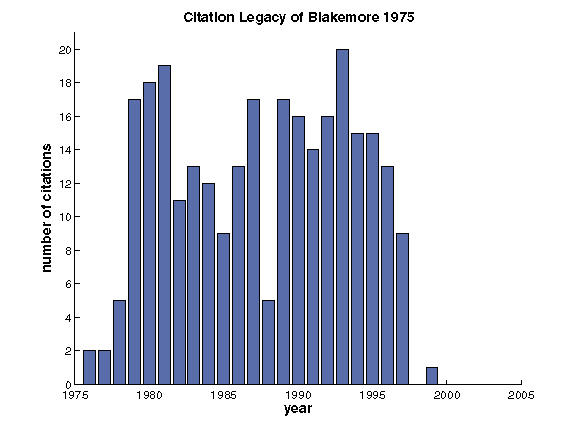

An accidental observation led to Blakemore’s discovery of magnetic bacteria. He noticed that when a drop of mud was placed on a microscope slide some microorganisms moved toward one side of the slide. When magnets were placed around the slide such that the magnetic field was disrupted, the movement of the microorganisms changed. Blakemore examined the bacteria with a microscope and found that some of the cells had lots of iron, which is a metal in magnets. When the bacteria were immobilized, the iron-rich cells oriented to the magnetic field, but the bacteria did not move toward the source of the field. That finding indicated that magnetic bacteria are not simply “pulled” toward the magnetic field. Rather, iron-rich cells in bacteria cause them to orient to the magnetic field while another mechanism (e.g. flagella) causes them to migrate. (See Schuler and Frankel, 1999 for some amazing pictures of magnetite in bacteria!) Since Blakemore’s paper was published in 1975 it has been cited frequently as a major contributor in how magnetoreception is studied and it has been applied to many other fields (Schuler and Frankel, 1999). Further studies have revealed that magnetic bacteria tightly control the synthesis of their own magnetite and they keep the magnetite in packages called magnetosomes (Bazylinski, Garratt-Reed and Frankel, 1994). When exposed to a magnetic field, the magnetosomes align with the field and this is thought to be the mechanism underlying the orientating movements of the whole organism (Bazylinski, 1999). There are some indications that Blakemore’s discovery could have greater applications to industry and technology, as discussed in Schuler and Frankel (1999), although there has not been much progress in this area.
